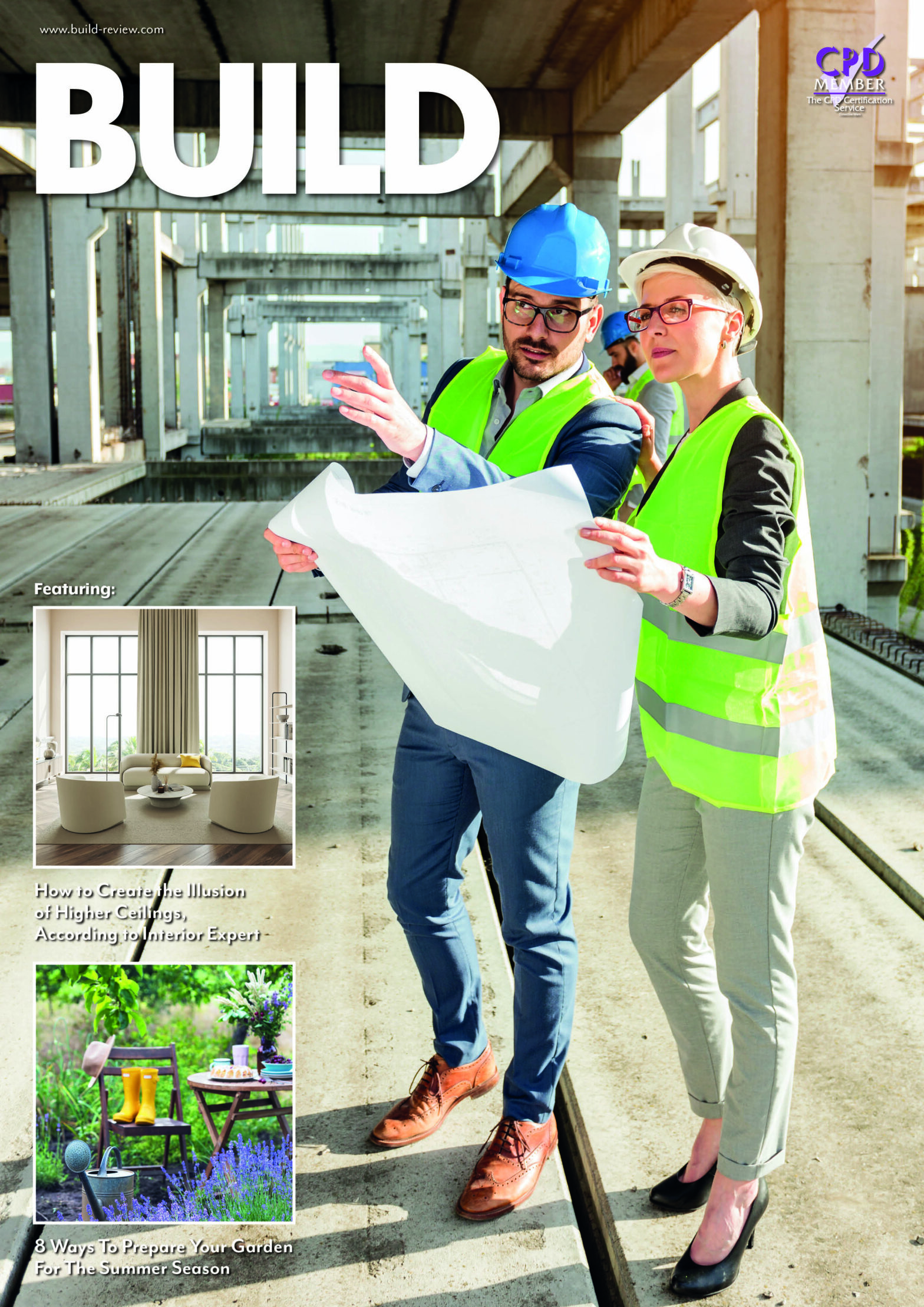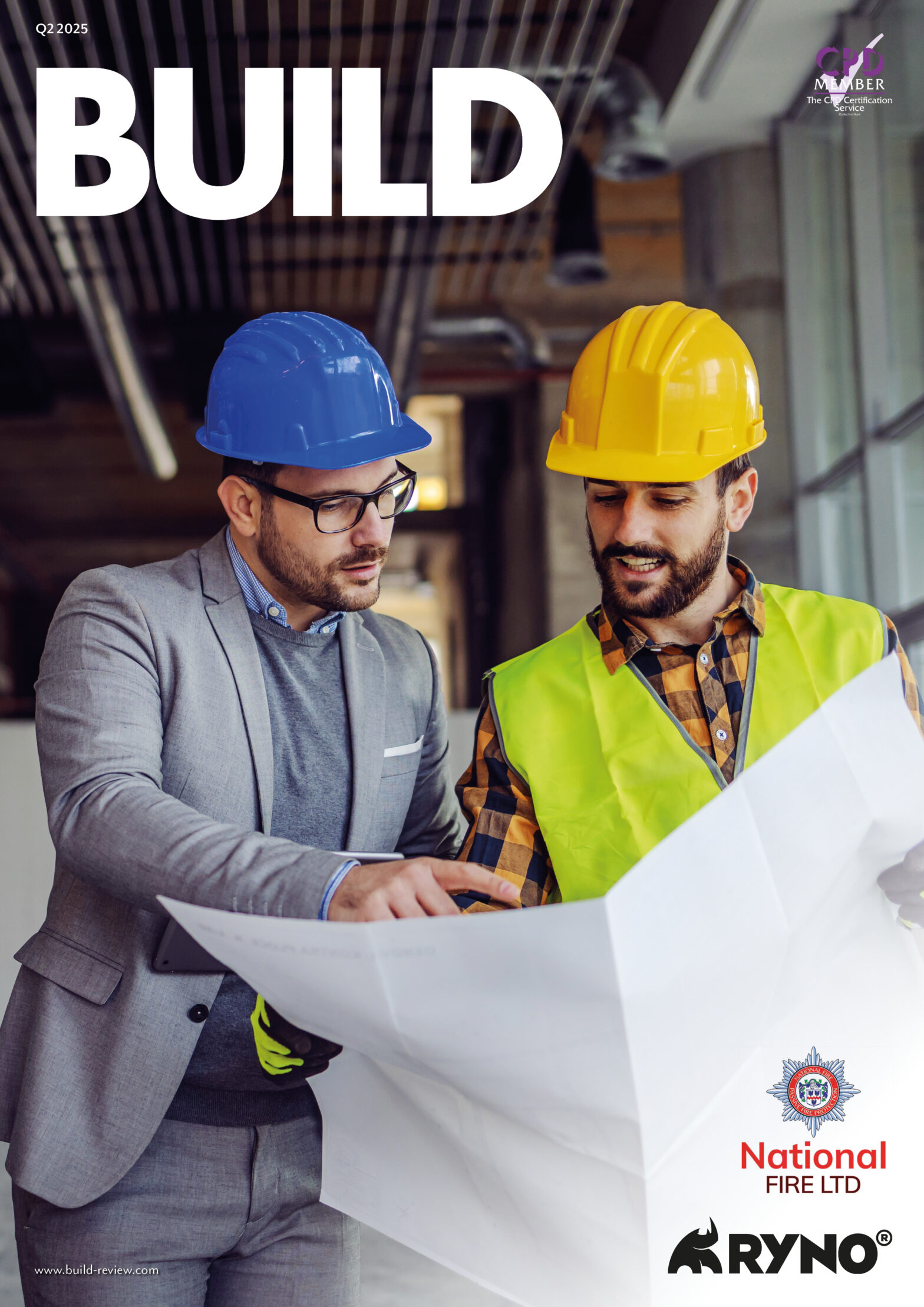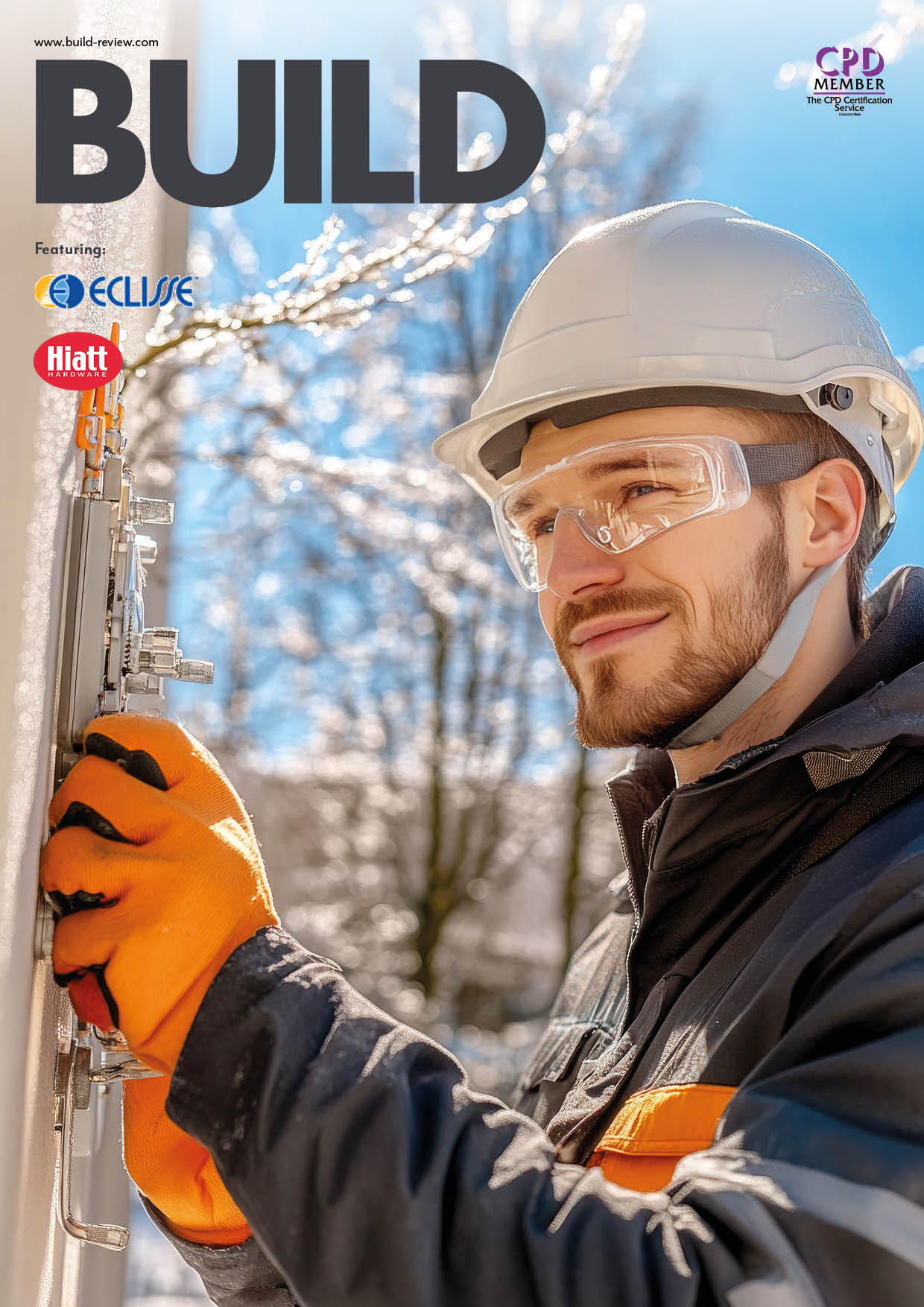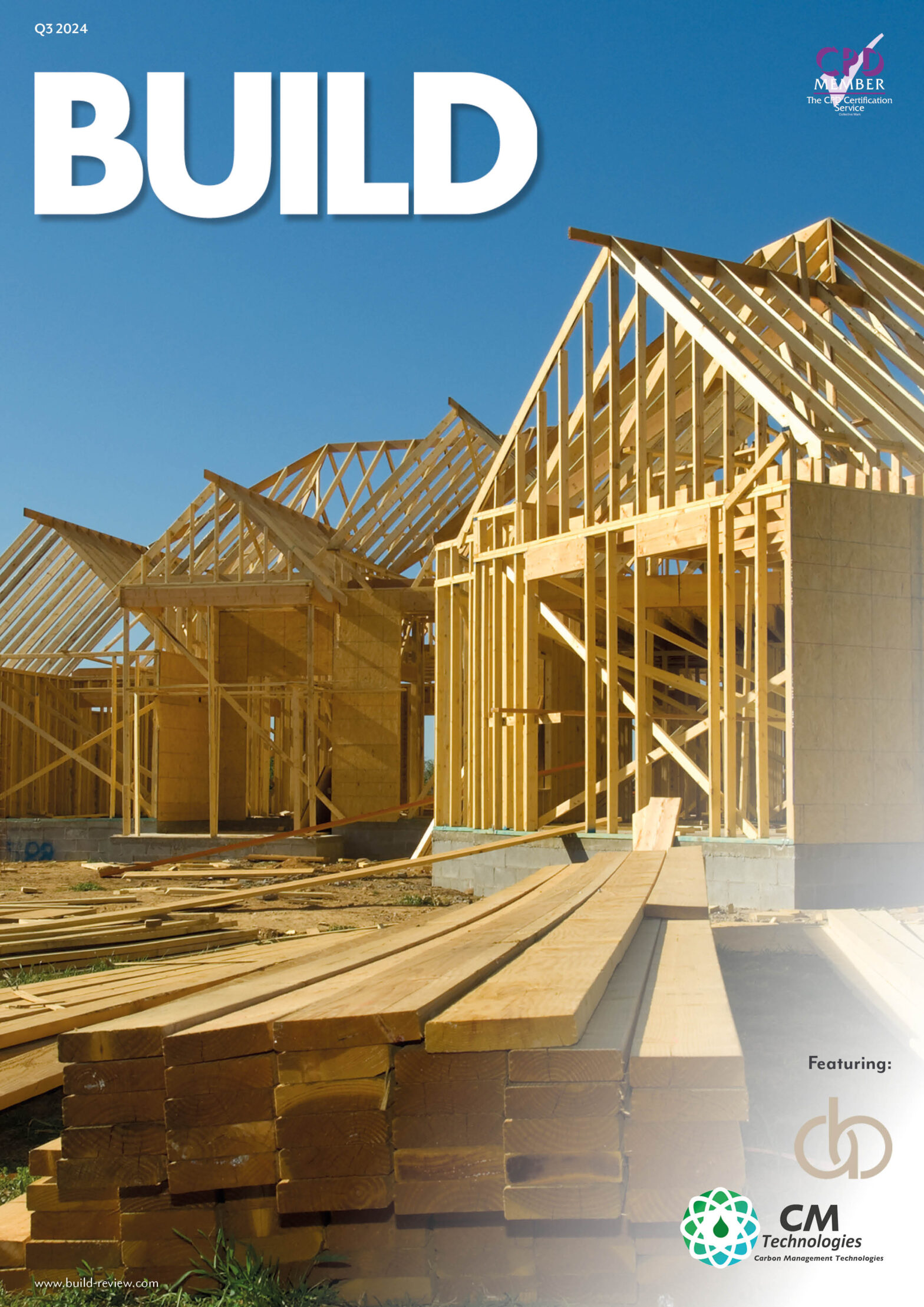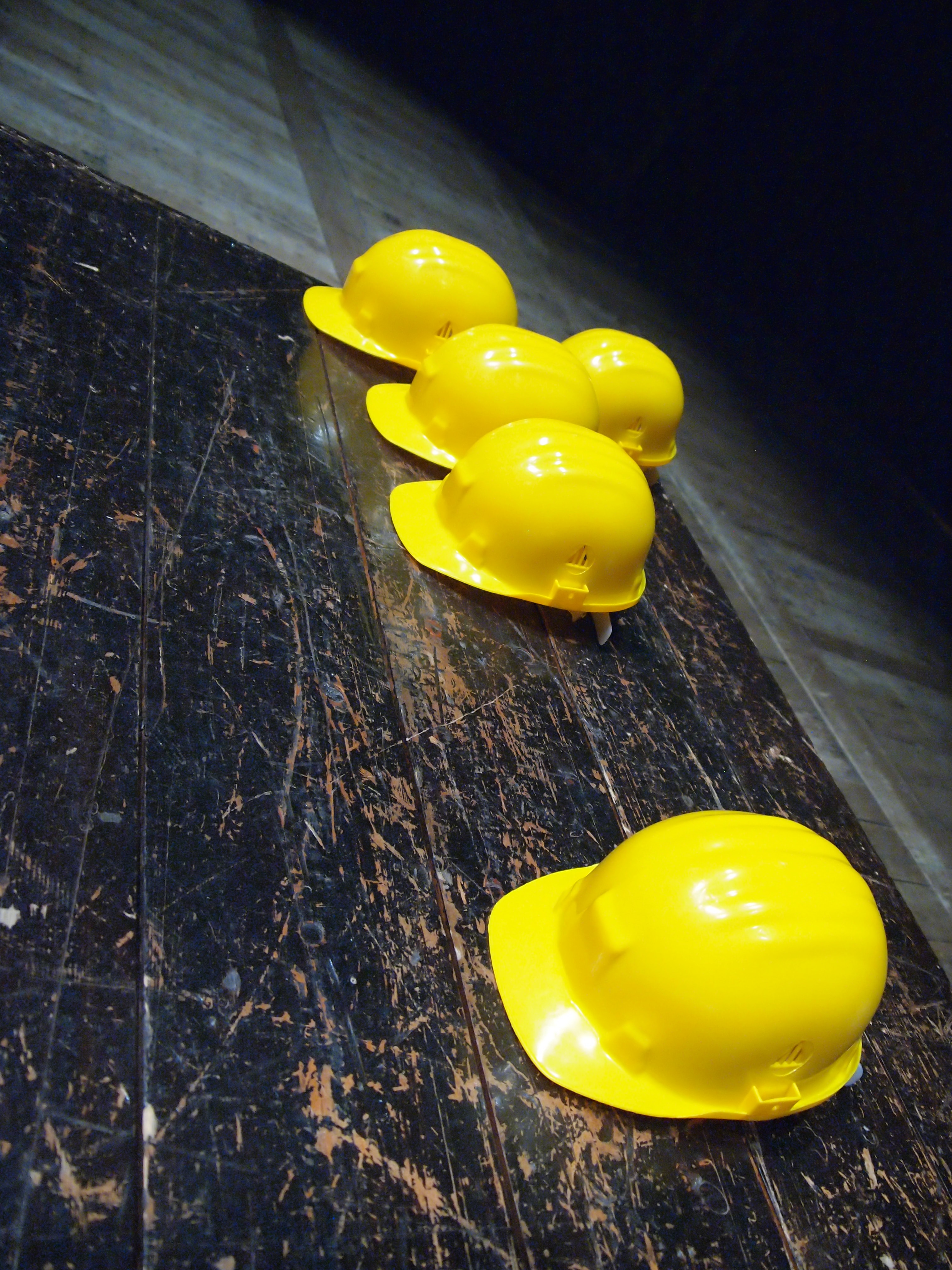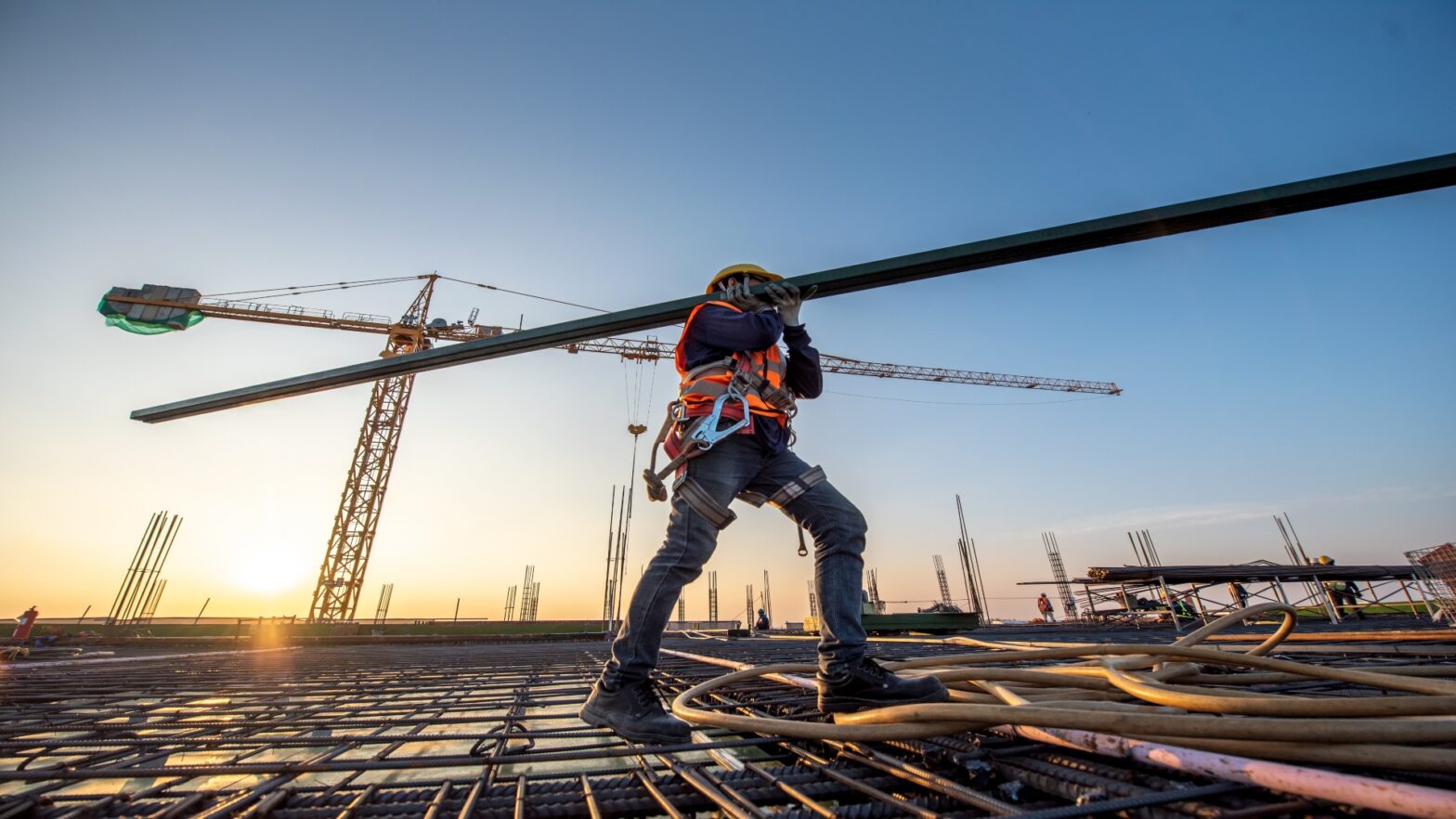Construction workers lack the comfort of climate-controlled offices and ergonomic seating. The real world, complete with heat, dust, steel, and noise, is their worksite. While the work is physically demanding, what can sometimes make it brutal is how often the basics, like clean bathrooms and drinkable water, are treated like an afterthought.
Everyone should be able to use the restroom without having to “tough it out.” Creating hygienic and safe surroundings is not about treating people like royalty. It’s about basic respect, productivity, and the law. And more often than not, the little things are the first to slip through the cracks.
Sanitation is Strategy, Not an Afterthought
To ensure compliance with sanitation standards on job sites, project managers must calculate how many porta potties are needed per person, especially when managing large crews across multiple shifts.
Despite its lack of glamour, it’s one of the quickest ways to increase morale and save wasted time. Workers shouldn’t have to walk three blocks to use a filthy unit or wait in line like they’re at a music festival.
According to OSHA requirements, if 10 employees are on-site during a normal workweek, there should be one restroom for each employee. But in real-world conditions, a competent supervisor doubles that for weather, shift overlap, and human decency.
Safety Measures That Go Beyond Helmets and Vests
Safety gear gets the spotlight, but there’s more to protection than PPE. Think dehydration, heatstroke, or fatigue from inhaling too much silica dust. These are everyday risks, not uncommon dangers.
Safe working conditions must include access to water, shade, and sufficient ventilation. They also mean giving crews a place to clean up before lunch and refusing shortcuts just to meet a deadline.
Workers are more likely to follow safety protocols when they feel their well-being is taken seriously. That starts with creating systems that look out for them, not just cover liability.
Leadership Makes or Breaks the Culture
If a manager rolls his eyes during safety speeches or dismisses complaints about malfunctioning toilets, that kind of attitude will seep fast. Setting the tone is just as important to leadership as managing chores.
A good site leader notices the small stuff: hand sanitizer stations running low, workers skipping water breaks, or the need to rotate people out of loud zones.
Culture is built on consistency. Workers pay it forward when they see their bosses care about their comfort and safety. They speak up more, look out for each other, and the whole site runs smoother.
Tech, Tracking, and Tangible Change
Today’s job sites aren’t stuck in the analog age. Smart sensors track air quality, wearable devices monitor body temperature, and mobile apps let workers report issues anonymously, like that overflowing porta potty no one wants to claim.
Digital logs can ensure cleaning schedules are followed, safety inspections are recorded, and resources are available in real time.
But technology should support people, not replace them. The most effective innovations make daily life easier, safer, and cleaner without turning the job site into a Silicon Valley experiment.
Final Word: Building with Dignity
Construction workers build the world. None of them happens without roads, bridges, schools, or homes. The least they deserve is a clean, safe place to work.
Sanitation and safety aren’t extras. They’re essentials. And when you invest in the well-being of your crew, you don’t just meet regulations—you create a work culture built on trust, efficiency, and respect.
So next time someone shrugs off a broken hand-wash station or a late toilet delivery, remind them: building right starts with treating people right.


